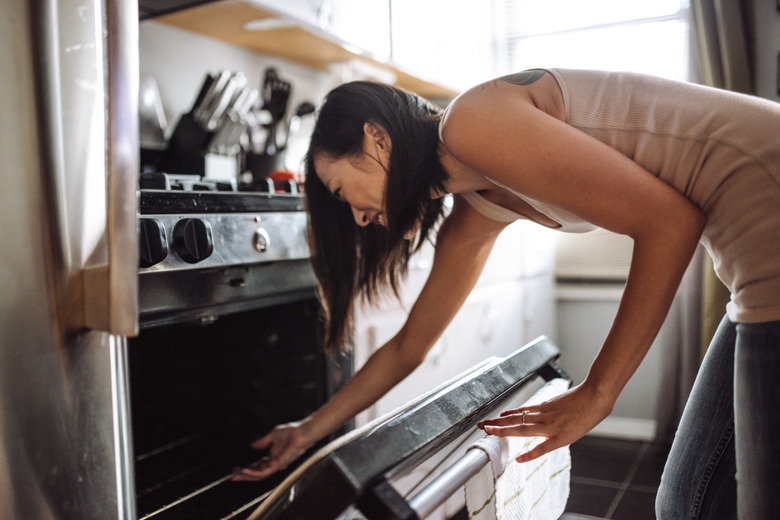Is Stainless Steel Ovenproof?
Cooking at home can sometimes feel precarious. A well-executed recipe is delicious and satisfying, but one little mistake can mean a night of smoke alarms and takeout. The more practice you have in the kitchen, though, the less likely you'll be calling out for delivery. And the more you learn about what kind of cookware is safe to put in the oven, the more delicious home meals you'll be able to enjoy.
Stainless Steel Pan Advantages
Stainless Steel Pan Advantages
Stainless steel cookware is a favorite among chefs worldwide. High quality stainless steel pots and pans are incredibly durable. Unlike nonstick cookware, stainless steel can hold up for years when well cared for. While nonstick cookware is helpful for delicate foods like eggs, pancakes and sauteed fish, that nonstick coating is far more susceptible to scratches, dents and chips than stainless steel is. Well-maintained stainless steel can last for a decade or more, whereas nonstick pans tend to start to wear down in just a few years.
Additionally, stainless steel cookware is nonreactive, which means it doesn't have a chemical reaction when mixed with heat or acid. Other cookware options, including aluminum and copper, are reactive. When acidic foods, such as tomatoes, take a long simmer in one of those pots, sometimes the sauce can taste a bit metallic to some people.
Plus, stainless steel can handle heat. The coating on nonstick cookware isn't suited to high-heat situations. Especially on stainless steel pans that have heavy bottoms, heat distributes quickly and evenly to maintain high temperatures. That makes it great for tasks like searing meats or making one-pot pasta dishes.
Oven Safety for Stainless Steel
Oven Safety for Stainless Steel
Since stainless steel is better at handling heat than nonstick cookware, many people wonder if it's an oven-safe skillet. It often is, but it's best to take a few things into consideration before you put a metal pot in the oven.
First, check the handles of your stainless steel cookware. Some stainless steel cookware handles, especially those of skillets, contain a different material, like wood, as explained by Healthy Cookware. These handles are convenient for stove top cooking, since you don't need to use an oven mitt to grip the handle. But wood handles must not be put inside the oven, as the temperatures could cause the wood to split. Other stainless steel pots or pans have tempered glass lids that, depending on the manufacturer, are oven-safe only at temperatures less than 450 degrees Fahrenheit.
If your cookware is made entirely of stainless steel, though, it is generally safe for oven temperatures up to 500 degrees Fahrenheit. This is especially true of higher-quality stainless steel, which is typically thicker and can better handle the heat.
Ovenproof Pan Options
Ovenproof Pan Options
Keep in mind, though, that it's best to check in with your manufacturer's recommendations. If you can't find the packaging for your cookware or aren't sure of your exact model to look up the company's online recommendations, you can always turn to a different type of cookware.
Cast iron and copper are both oven-friendly materials. Though both require more specialized care than stainless steel, they are two cookware options that can handle home oven temperatures. The more you learn about your cookware, the better your home-cooked meals will be.
